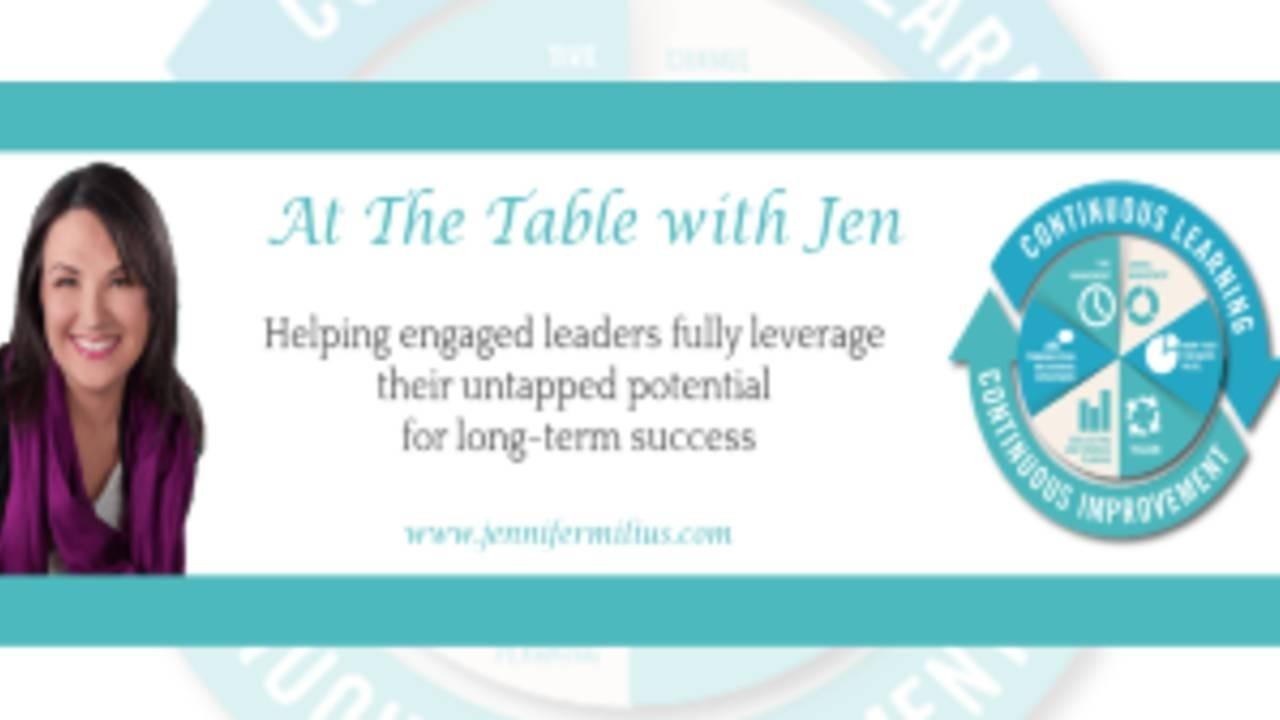Are You Holding Your Organization Back?

The first time I heard the phrase exploit the constraint was in the corporate world.
My 20 year path included some time in a manufacturing company and specifically with process improvement, turning ideas into executable strategies, and increasing employee engagement. Lean Manufacturing and The Theory of Constraints were big practices at this company. With the theory of constraints you’re figuring out where the bottleneck is, which is not only a constraint, but the most important limiting factor, and from there, figuring how to improving things so that it’s no longer the bottleneck.
You are the most important factor, and the more you’re able to focus your energies, time and attention on things that really need what you can only bring, the more productive you feel and your enthusiasm comes through. Your team will feel the shift and they will be open to following your example.
Understanding where the bottlenecks are, and if they aren't benefiting the organization, and then being willing to do something about it benefits your people and your processes and ultimately your performance.
Each of us has 24 hours in one day. And at work, when you have so many things competing for your time, attention and energy, you need to know when to automate, delegate, eliminate. You need systems to help you streamline processes to maximize productivity and yield positive results.
Bottleneck Signs
You'll know if you or someone on your team is the bottleneck and when it's not serving the organization very easily. You'll feel stretched in a way that feels like you’ll break and not bounce back. You feel worn out or stressed out because there’s so much to do and not enough time. You feel spread thin. You might start consistently missing deadlines or pushing things out because you have “too much”.
All of these are signs that your processes and systems need some evaluating, prioritizing, and improving.
The biggest thing to take away from all of this is to take care of your people, and that includes you. When you realize you’re feeling this way or you have a team member or client feeling this way, it’s an indicator that help and relief is needed. You and your people are the greatest and most important resources and when you do what’s needed to take genuinely care of them, you’ll see them respond with more enthusiasm, especially to bring problems and work through solutions, you’ll see them engage in a way that’s more than what’s required, and your project, organization or business will feel the positive shift and your performance will reflect it.
Ready for your next level as an author and business owner!
Get strategies and tools to effectively unlock your unique energy to showcase your expertise as you grow in your author journey!
*your info will not be shared


